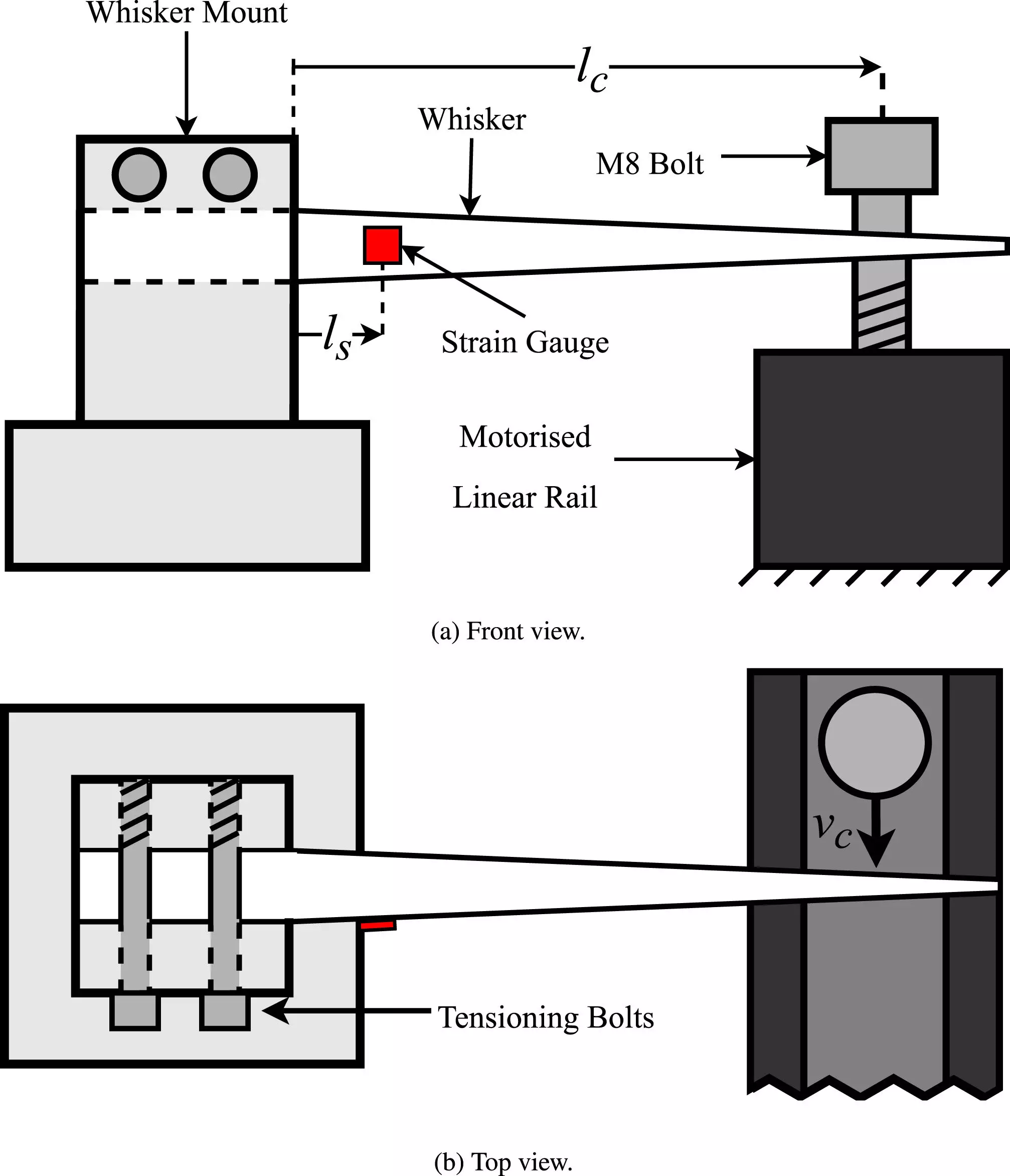Robots have long been a staple in industrial and domestic settings, but they have often lacked the necessary tactile abilities to navigate confined or cluttered spaces effectively. Inspired by the precision and sensitivity of animal whiskers, researchers at Flinders University have embarked on a groundbreaking project to develop affordable, flexible, and highly responsive artificial ‘whiskers’ that can be attached to robots.
Unlike traditional methods such as lasers and camera vision, these innovative whiskers offer a unique solution to overcoming a robot’s blind spots. Much like a rat’s whiskers, these sensors allow robots to detect and analyze objects in their immediate vicinity, making it possible to interact with and interpret the weight and movement of obstacles that may not be visible to other sensors.
By applying mechanical beam theory, researchers have been working tirelessly to develop the optimal shape for these artificial whiskers. This design optimization will enable robots to effectively ‘touch’ objects, assess their weight, and potentially move them out of their path to prevent damage. These electro-mechanical whisker prototypes are being put to the test in various scenarios to ensure that robots can accurately interpret the information they gather.
Dr. Russell Brinkworth, an Associate Professor in Autonomous Systems at Flinders University, is at the forefront of this groundbreaking research. His focus on bridging the gap between theoretical robotics and real-world applications has paved the way for the development of artificial systems that can adapt to different environments. The ultimate goal is to equip robots with sensors that mimic the capabilities of human fingertips, allowing them to assess the weight, shape, and texture of objects in their surroundings.
As these artificial whiskers continue to evolve and improve, the possibilities for robotics are endless. With enhanced tactile sensing capabilities, robots will be able to perform a wide range of tasks in diverse environments with increased precision and efficiency. The integration of artificial whiskers represents a significant milestone in the field of robotics, and the potential applications are truly transformative.
The development of artificial whiskers represents a paradigm shift in robotics, offering a new level of tactile sensitivity and adaptability for robots. By drawing inspiration from the natural world and combining it with cutting-edge technology, researchers at Flinders University are revolutionizing the way robots interact with their environment. As these artificial whiskers continue to be refined and optimized, we can expect to see a new era of robotics unfold, with endless possibilities for innovation and advancement.


Leave a Reply